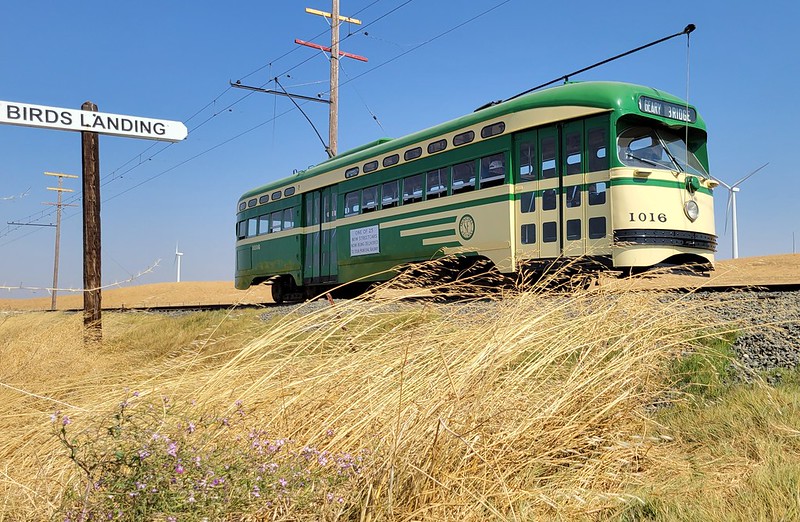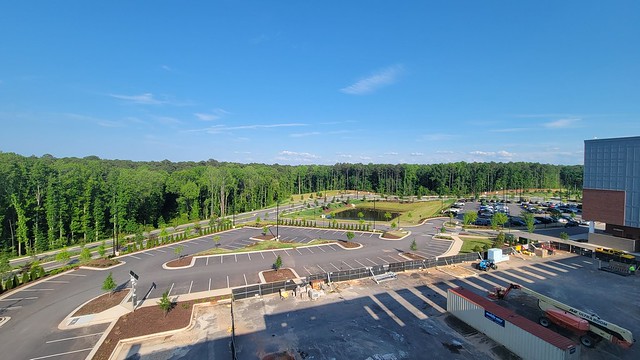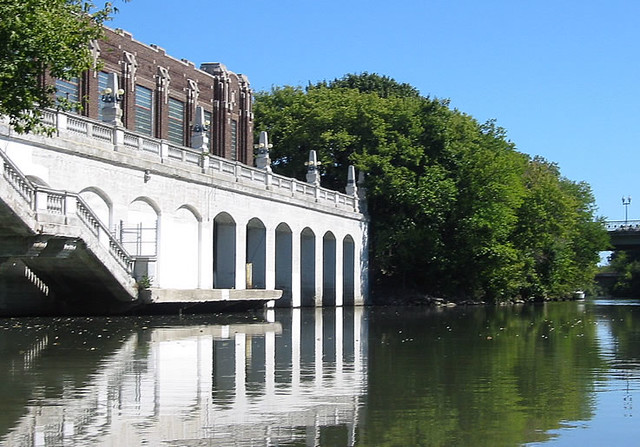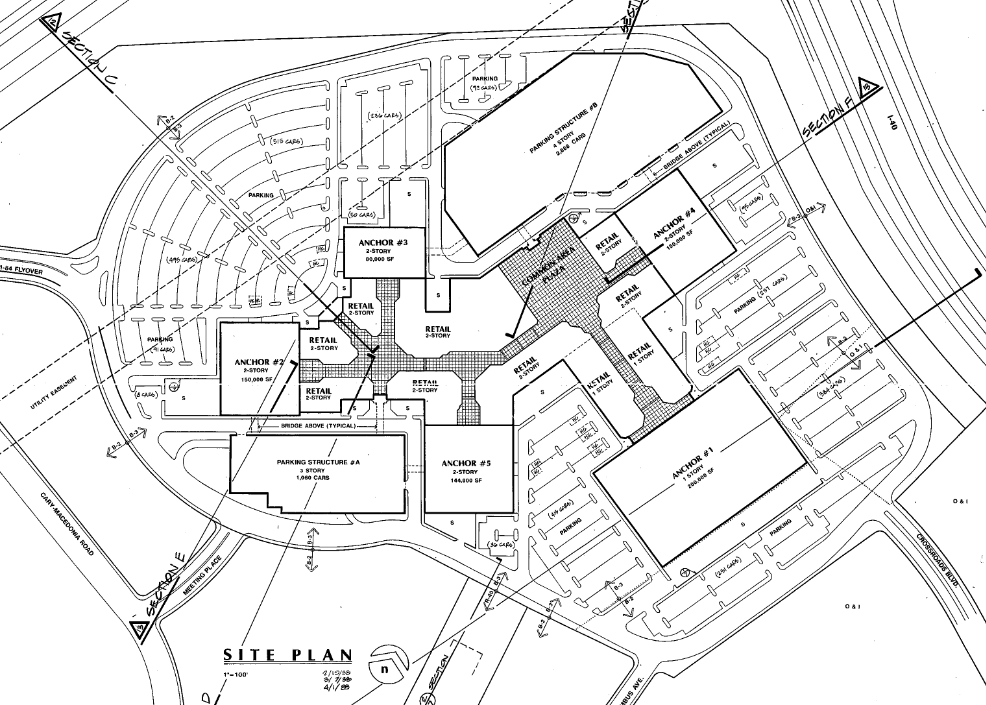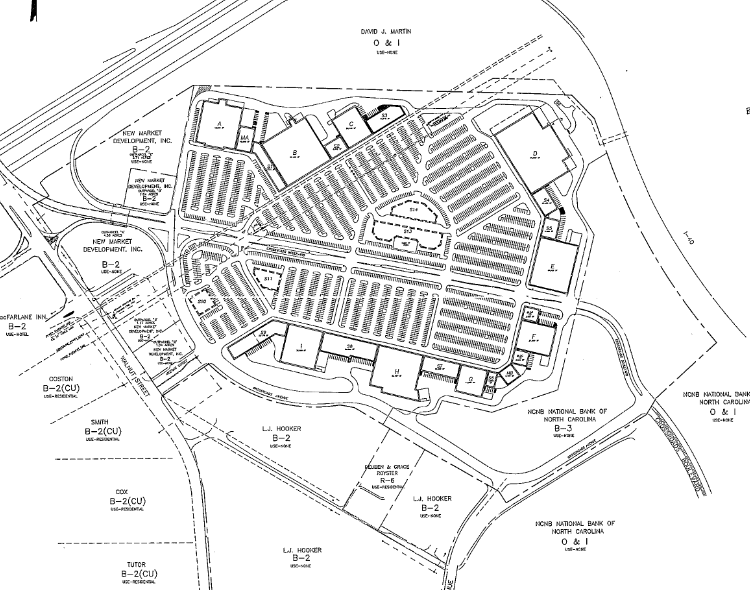What I’m reading lately:
1. Lee Anne Ferrell, “Residents Against Housing” suggests an “insurance plan” that pays vulnerable tenants in gentrifying areas if their rent rises, despite welcoming new construction. This seems plausible in some limited scenarios, but I could imagine one where a neighborhood plan that envisions substantial residential growth is being implemented by a local taxing authority (e.g., a TIF, or a suburban town), and where payouts are indexed to regional rent inflation.
2. Adie Tomer and Caroline George for Brookings Institute, “Building for Proximity“. The amount that Americans travel is truly bonkers: miles traveled per capita per day doubled from 19.5 1969 to 40 in 2017, distances that are impossible to achieve without a car. “Americans simply travel too far, using cars too often. National trip distances easily exceed global economic peers.” Americans travel further for no good reason, besides the fact that we’ve been doing it this way for decades.
Even Americans living near activity centers travel a lot: almost 24,000 miles (the distance around the globe) per household per year. But those living far (10+ miles) from metro activities travel an extra 17,000 miles, or 2/3 of the way around the globe!
“While individuals have little control over manufacturing processes or electricity generation, where one chooses to live and travel is their most significant environmental decision.” The same goes for communities, and yet trip distances reduction figures into few local government climate action plans.
The graphs in the report show a somewhat logarithmic relationship between proximity and VMT. Too many transit-oriented development plans have hewed too closely to overly narrow radiuses (e.g., 1/4 mile to transit) which don’t have substantial basis in scientific literature. TOD effects are strongest closest to transit, but that doesn’t mean that areas 0.26 miles from transit are automatically “too far” and should be reserved for very low density detached houses. Yet that’s how generations of planners zoned “TOD,” with sharp density distinctions.
3. Lida Weinstock for Congressional Research Service, “U.S. Housing Supply: Recent Trends and Policy Considerations” (July 2023). “New housing units… have trended downwards in recent decades.”
“Relatively low housing supply, especially when demand for housing is strong, can cause undesirable frictions in the housing market. One of the main results of low supply has been decreasing affordability.”
“[E]ven if there are technically enough units to house the population, that may not be true at certain price points or in certain locations,” a point misunderstood by “vacancy truthers.”
4. Richard Kahlenberg, “A Way Forward on Housing“. Ritchie Torres: “Exclusionary zoning produces and perpetuates housing segregation by race and class, which in turn produces and perpetuates school segregation by race and class.”
Contrast that to Patricia McCloskey speaking to Donald Trump’s Republican National Convention, warning that ending “single family home zoning” would bring “crime, lawlessness, and low-quality apartments into now-thriving suburban neighborhoods.” [Or, I’d add, Ben Carson and Donald Trump’s co-signed WSJ editorial: “a relentless push for more high-density housing in single-family residential neighborhoods, has become the mainstream goal of the left.”
“Large developers… may actually benefit from a more complicated regulatory structure that prices out smaller operations.” This is attributed to “Boston University researchers,” but fits into the Bruce Yandle-inspired “bootlegger and Baptist coalition” model of how big developers and NIMBYs both benefit from restricted growth.


